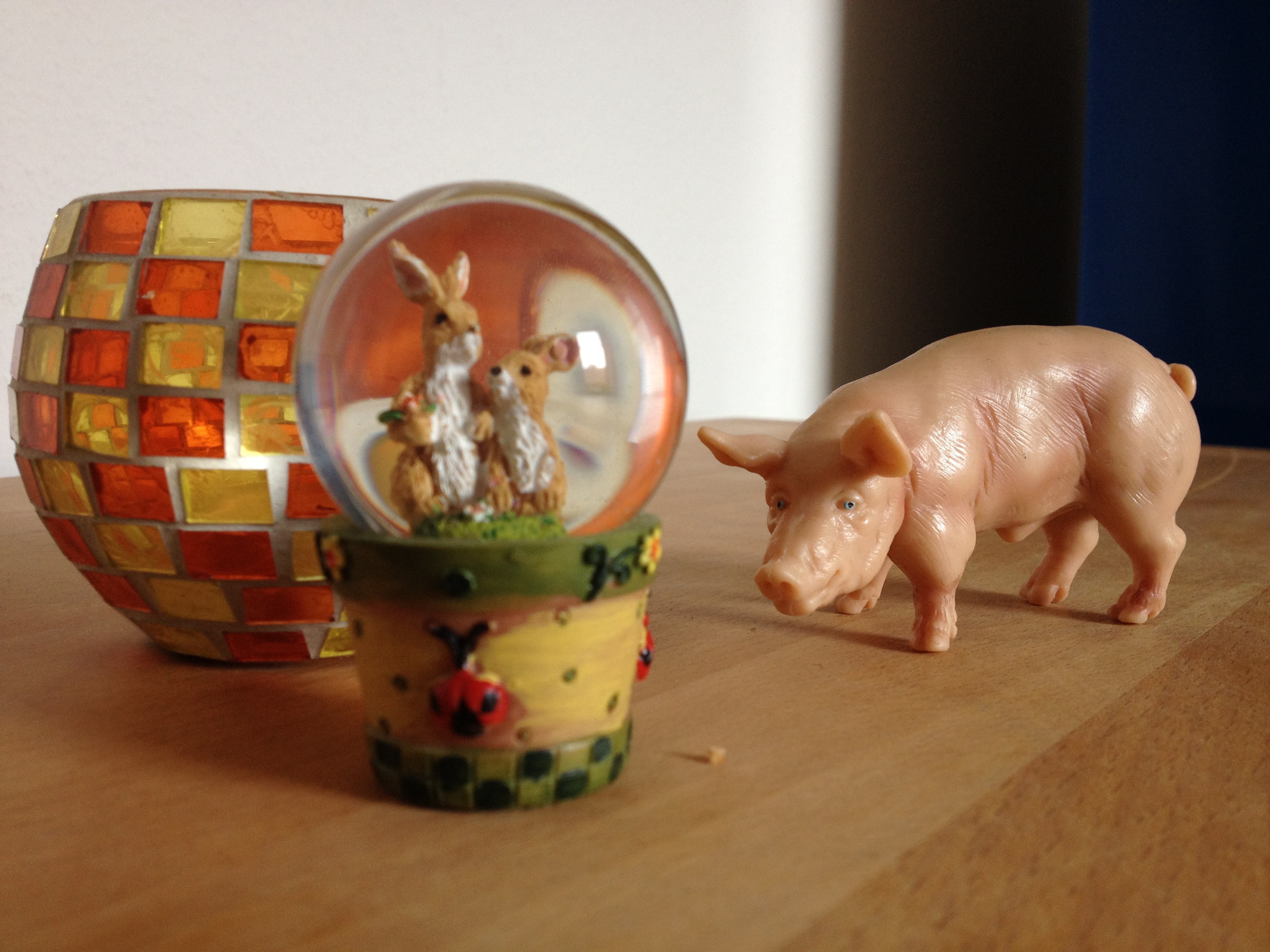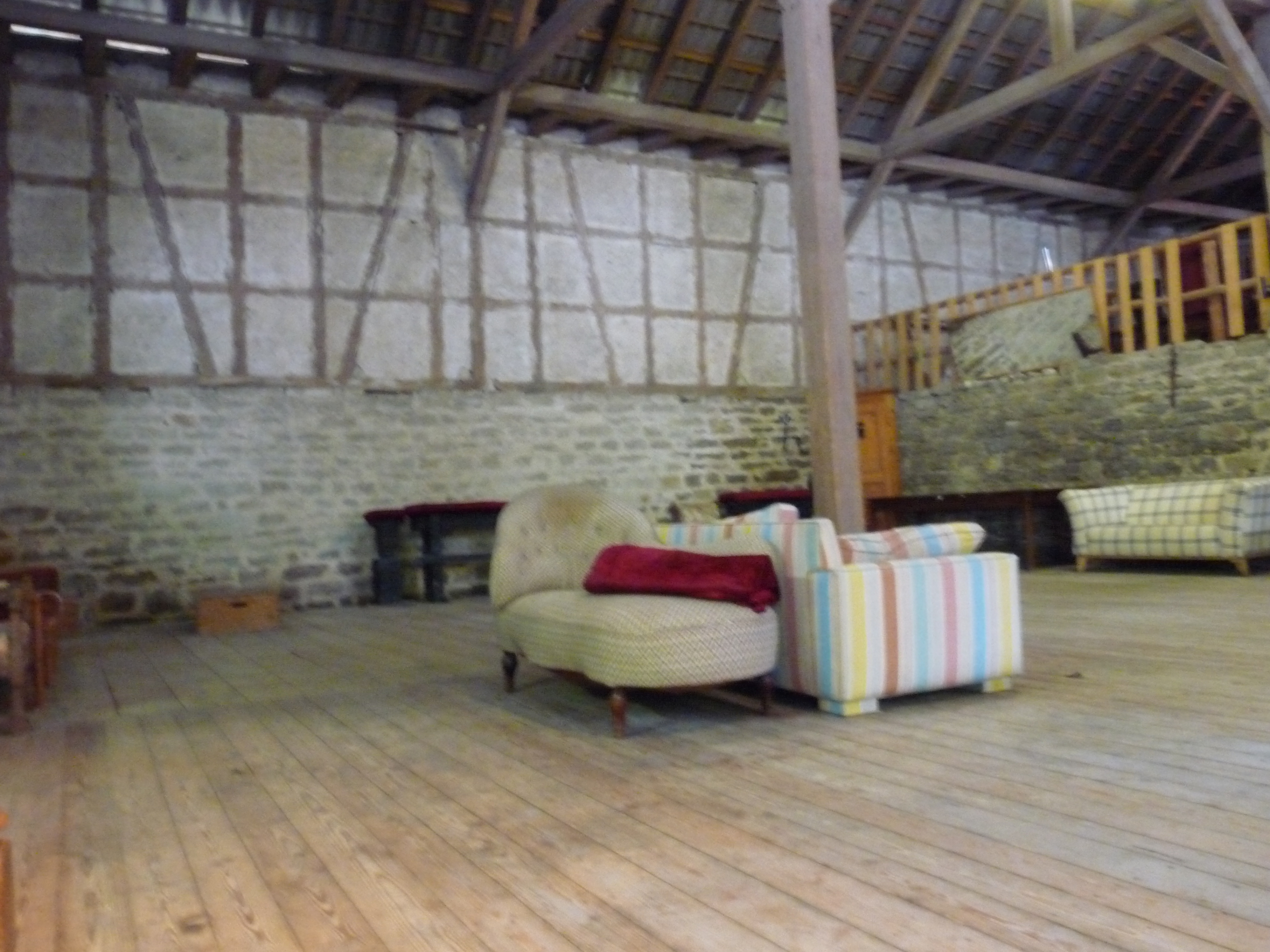Programmation : Brune Boyer, Emmanuel Lacoste & Benjamin Lignel, pour la garantie, association pour le bijou
Ulli Haass, Yvonne von Racknitz & Ursula Woerner, pour Zimmerhof
Depuis 40 ans, le symposium de Zimmerhof réunit 200 personnes autour du bijou. Des étudiants, des bijoutiers, des designers, des historiens se retrouvent durant 4 jours dans une ancienne ferme de l’état de Bad Rappenau en Allemagne pour un cycle de conférences*.
C’est l’occasion de rencontres et d’échanges nourris chaque année par une nouvelle programmation.
Pour l’édition 2012, les organisateurs du symposium ont confié la programmation à la garantie, association pour le bijou.
Le thème choisi était « Vies privées et vies publiques du bijou ». Il semble que les acteurs du bijou contemporain attisent les frictions entre objet privé et espace public pour redéfinir les rôles respectifs du créateur, du porteur et du commissaire d’exposition.
Cette programmation voulait s’arrêter sur des questions qui préoccupent aussi bien les chercheurs que les bloggeurs, autant les commissaires que les artistes : comment aujourd’hui certains créateurs produisent directement pour (et par) les musées, oubliant au passage le porteur, sinon comme référent absent, alors que quelques musées imaginent des scénographies interactives et proposent des expériences tactiles ; ou comment certains praticiens cherchent à déjouer l’insularité de l’artisanat contemporain en investissant littéralement la rue, tandis que d’autres s’emparent du corps, comme destination bien sûr, mais aussi comme lieu de production et d’exposition.
Les intervenants du Zimmerhof 2012 ont permis de mieux comprendre ce qui se joue dans cette redistribution.
Le programme s’est déroulé en deux temps. Les premières interventions ont été consacrées à la question des espaces d’exposition, elles ont montré en particulier comment ces espaces sont investis afin d’articuler ou de remettre en question le cloisonnement implicite qui sépare le bijou contemporain et le (grand) public. Les interventions suivantes ont abordé la question de l’espace privé, et ont permis de voir comment le bijou (contemporain) interagit avec les notions modernes d’intimité et d’identité.
–
Jeudi 7 Juillet :
Namita Wiggers USA
Namita Gupta Wiggers is curator at the Museum of Contemporary Craft, where she directs the exhibition, collection and public programming. Her practice combines her experience and training as an art historian, museum educator, design researcher, teacher, writer, and studio art jeweller. She is the co-founder of Critical Craft Forum, and the author of several books and articles on craft and art.
Treasure House and /or Pleasure House: Democratizing Experience in Museums
Museums today, particularly in the United States, are expected to fabricate experiences. Generally speaking, however, art museums tend to employ display strategies drawn from the “white cube,” retail environments, or those used for anthropological artifacts. For the exhibition Touching Warms the Art, artists responded to the Museum’s challenge to create deliberately non-precious and durable works, each of which was available for visitors to: handle freely, view themselves in mirrors, capture a photograph for an online Flickr site, and use as inspiration for making work of their own at an Art Bar. While centralizing the experience of wearing contemporary art jewelry occupied institutional focus at the time, re-examination now reveals additional complexities with regards to jewelry, museums, artists and audience. For zimmerhoff, I will extend a previously published paper, available on the Art Jewelry Forum Blog, to consider the project from the perspective of the other participants: artist, curator, collector, and institution. How does the project critique preciousness, operate at a level of spectacle, and delineate the limits of dialogue as objects move between private and public spheres?
Cristina Filipe
Jeweller, founder of the PIN association
The private life of a piece of jewellery.
Jewellery in its intimacy. A vision on the way a jewellery piece deals with its confrontation with the outside world.
–
Vendredi 8 Juillet :
Christoph Zellweger
Christoph Zellweger (Switzerland/UK) started as a trained craftsman and maker of fine jewellery and metalwork for the high-end market in Germany and Switzerland. After going through a rigorous phase of questioning his role as an artist-maker he developed a ‘critical edge’, which was manifested in his degree work at the Royal College of Art, where he qualified with distinction. In addition to exhibiting internationally and running his studio, he holds a professorial research post at Sheffield Hallam University, teaches Product Design on Master-level at Lucern University of Art & Design and lectures at Europe’s leading design and art colleges and in America. In 2007 he published Foreign Bodies, a monography, which aims to extend the definition of body adornment today.
Bodies as Jewels – from body jewellery to body as jewellery
The talk reports on an ongoing enquiry into the world of jewellery, objects, bodies and identities.
Alena Alexandrova
Cultural theorist and curator based in Amsterdam. She teaches at the Dutch Art Institute/ArtEZ and the Jewelry Design program at Gerrit Rietveld Academy Amsterdam. She has published in the fields of aesthetics, performance and visual studies.
Around, but never at the center: Weaving an Atlas of Jewels and gestures.
On the Practice of Suska Mackert
Jewellery is situated at border between private and public, between being worn and being placed in the glass box of the museum. It is something that belongs to the realm of the private; but it is also a detail that is the visible focal point in the performance of public and political rituals of power. Suska Mackert’s work questions the double life of jewels, which makes them objects that belong everywhere, and yet always remain out of place. In her project of creating a two dimensional museum of jewelry (Eine Ordnung des Glanzes), she works with the literal edge of jewelry, researches its traces, and invites us to think about a multiple paths, lines of connections between jewels, images, gestures.
Christian Hoedl
Jeweller and curator for WITTENBRINK ZEIGT SCHMUCK. Studied graphic design at the University of Applied Arts Vienna, prof. Mario Terzic and jewellery at the Academy of Fine Arts Munich, prof. Otto Künzli.
Resistance of the line
As Jeweller you do have the chance to create an identity.
I do love contemporary dance. The changing of a posture through consciously controlled moves visualizes design – it causes nonverbal communication. Wearing jewellery reflects a similar principle, worn jewellery changes the visual perception. In this way, new image sequences occur again and again.
Susan Pietzsch
The German jeweler Susan Pietzsch founded Schmuck2 to focus on unusual, diverse takes on the themes of “jewellery”. She masterminded all publications for the international operating association.
Schmuck2 publications – Excerpt from the Practice
With the main focus on jewellery our cross-disciplinary projects happen in any kind of space/ on any playable ground/ on any possible topic. We believe in challenge and adventure for a powerful demonstration of the artistic work and see our publications as a possibility to reach anyone from our point of departure.
Carole Deltenre
Carole Deltenre acts alone or with artists collectives, with the help of jewellery, drawing, installation and music.
When intimacy is shown publicly
This is the portraits of six women who dared to mold their intimicy. The relation between a jeweller and a client not always comes so close to share a part of the body, and not any part but the most hidden one. When the subject of the art work is the client herself, the border between public and private becomes really thin.
–
Samedi 9 juillet :
Cécile Bulté
Docteur en Histoire Médiévale ; teacher of History of Art at Institut d’Études Supérieures des Arts (IESA), Paris.
Pinned to the body, carved on the house: late medieval representations of sex
At the end of Middle Ages, representations of sex could be publicly exhibited despite of christian moral. Pilgrims could wear little lead badges shaped like phallus or vulva; urban houses could be decorated with carved figures exposing their genitals. These objects question us. Which similarities and which differences can be found whether they are pinned on bodies or hung on buildings ? Both were exposed in the public space, both are nowadays prohibited; both assume a specific presence of the body.
Pascale Gallien
Pascale Gallien lives in Paris where she practices as a lawyer. She has been buying pieces of contemporary jewellery for almost 30 years.
How an intimate passion granted me collector status
The first time I was called as a collector of contemporary pieces of jewellery was a moment of surprise. Then I opened my “secret boxes” as I do every morning before confronting myself to the coming day, looked at all these beloved objects which have become part of my day-to-day life over the years, laid them down on a table in an attempt to construe them into a single ‘fact’ and finally understood why, and how, they were meaningful.
Alexandre Bardin alias Vera Berkson
Protean artist under the spell of Hollywood’s adorned specters – toiling way in memory of its stars’ dangerous clarity, as close as possible to their dangerous lie.
1964. “PROJET EVERSCREEN” to save dying Hollywood. In front of the mirror, a woman without memory readies herself to become, maybe, the ultimate and last legend of the big Screen.
(a performance)
Philippe Liotard
Philippe Liotard is a sociologist at Lyon 1 University (F). He works on the body in its different dimensions, in particular on the contemporary modifications of one’s appearance, on discrimination and on equality in its various guises. He is one of the editors of Quasimodo.
On body modification : social stigma or mutation of the ordinary look?
Short reflections on self-tuning and the détournement of bodily uses and norms.
Emmanuel Lacoste
Artist / jeweller / teacher. Treasurer of la garantie, association pour le bijou. Studied at AFEDAP – Paris.
Using medias such as jewellery, sculpture, installation, photo/video and performance, the work of Emmanuel Lacoste follows a line of research with multiple entries, structured around the relationship existing between the body and the piece, the piece and the body.
Share – When sharing the private space makes it larger
Our own body is an intimate space where we rarely invite the Other. Sexuality, healthcare and violence usually are the few occasions to do so. Opening this private space to the audience will be an opportunity to create a sort of communion : all the people participating in this performance will become part of an intimate network. The more people will act, the larger the space will grow.
(a performance)



